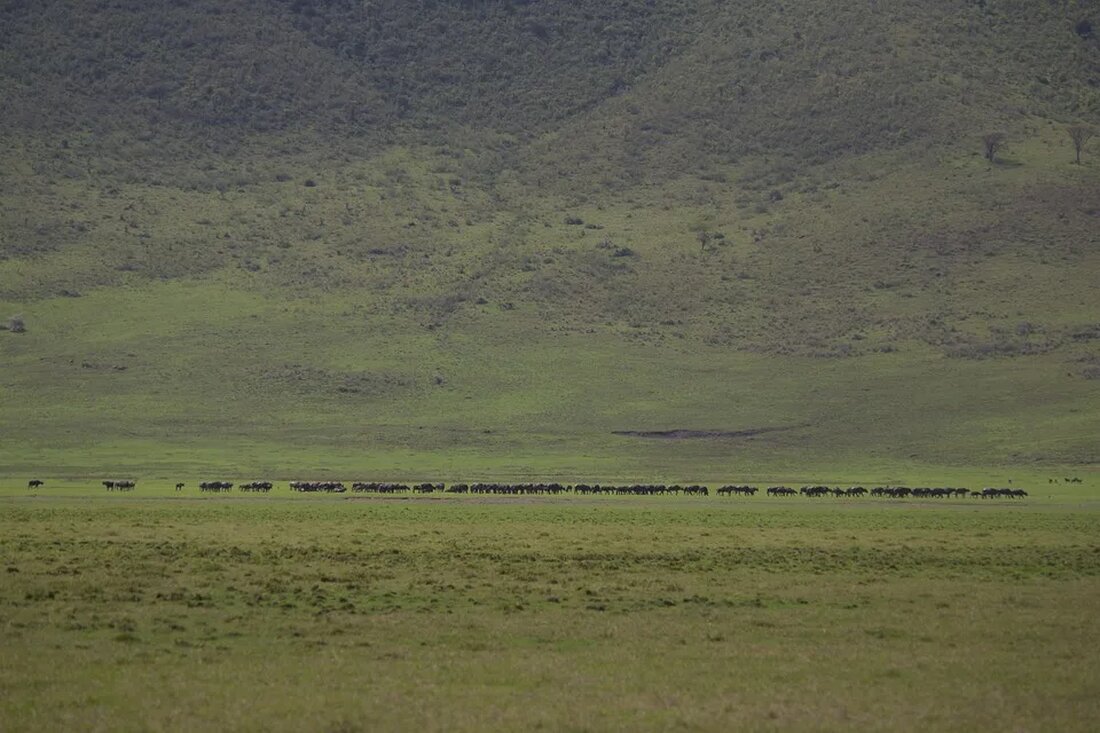Animal migration and its influence on ecosystems
into animal migrations and their significance Animal migrations often impress us with their sheer size and length, be it the thousands of kilometers journey of monarch butterflies, the migration of wildebeests in the African savannah or the winter journey of greylag geese. However, what is often overlooked is the enormous impact that these migratory animals have on their environment and therefore on entire ecosystems. Understanding Animal Migrations Definition of Animal Migrations Animal migrations are the seasonal movement of animals from one habitat to another, usually motivated by changes in the environment, food availability and reproductive needs. It is a fundamental behavior that...

Animal migration and its influence on ecosystems
into animal migration and its significance
Animal migrations often impress us with their sheer size and length, be it the thousands of kilometer journey of monarch butterflies, the migration of wildebeests in the African savannah or the winter journey of greylag geese. However, what is often overlooked is the enormous impact that these migratory animals have on their environment and therefore on entire ecosystems.
Understanding animal migration
Definition of animal migrations
Animal migration is the seasonal movement of animals from one habitat to another, usually motivated by changes in the environment, food availability and reproductive needs. It is a fundamental behavior that occurs in a wide range of animal groups, from insects to birds and mammals to reptiles and fish.
Reasons for the hikes
The reasons for animal migration are varied and depend on the specific needs of the animals. For many animals it is a strategy for obtaining food. Other animals migrate to reach breeding grounds or to escape danger. Some species also migrate for climatic reasons, to avoid the extreme conditions of the winter or dry months.
The influence of animal migration on ecosystems
The impacts of animal migration on ecosystems are broad and complex. From nutrient distribution and seed dispersal to controlling populations and adapting to climate change, migratory animals are essential parts of ecological balance.
role in nutrient distribution
One of the most prominent functions of migratory animals is their ability to transport nutrients between different ecosystems. They absorb nutrients in one area by eating food there and then release them in another area through excrement and carcasses.
This nutrient transfer can have significant impacts on the local ecosystem. An example of this is the role that migratory salmon play in river systems. They absorb nutrients from the sea and bring them into the rivers when they return to their spawning grounds. Their bodies and excrement enrich the river and surrounding land with nutrients.
Function in seed dispersal
Another important role of migratory animals is the dispersal of plant seeds. Many plants rely on animals to swallow their seeds and then excrete them somewhere else to spread. This not only promotes plant diversity, but also helps shape the landscape, expand forests and prevent soil erosion.
Impact on other animal populations
Animal migration can also have a significant impact on other animal populations. An example of this is the migration of wildebeest herds in the Serengeti. The wildebeest influence grass growth through their grazing and movement, which in turn influences the living conditions for other animal species.
Challenges and threats to animal migration
The global migration patterns of animals are severely threatened by human activities. Deforestation, habitat destruction, the effects of climate change, ocean overfishing and urbanization have significant impacts on migratory animals.
Impact of climate change on animal migration
Climate change is having a significant impact on animal migration. Warmer temperatures can change migration times and routes and affect the availability of food and habitat.
The role of humanity in threatening animal migration
Humanity plays a crucial role in threatening animal migration. Habitat destruction through urbanization, agriculture and industrial practices is cutting the migration corridors of many animal species, making it more difficult for them to get to their breeding or foraging grounds.
conclusion
Animal migration is an indispensable part of our global ecosystems. They play a crucial role in maintaining ecological balance, supporting biodiversity and adapting to climate changes. Therefore, it is necessary to promote and protect animal migration through habitat protection and restoration, reducing exposure to climate change and promoting sustainable practices. We, as human inhabitants of this earth, have a responsibility to preserve and protect animal migrations and the associated ecosystem services they provide.
This is important not only for the well-being of our fellow creatures and the health of our planet, but also for our own survival. Because ultimately, we are all part of the same ecosystem, and the health of our planet depends on our ability to preserve and protect this complex web of life.

 Suche
Suche
 Mein Konto
Mein Konto
